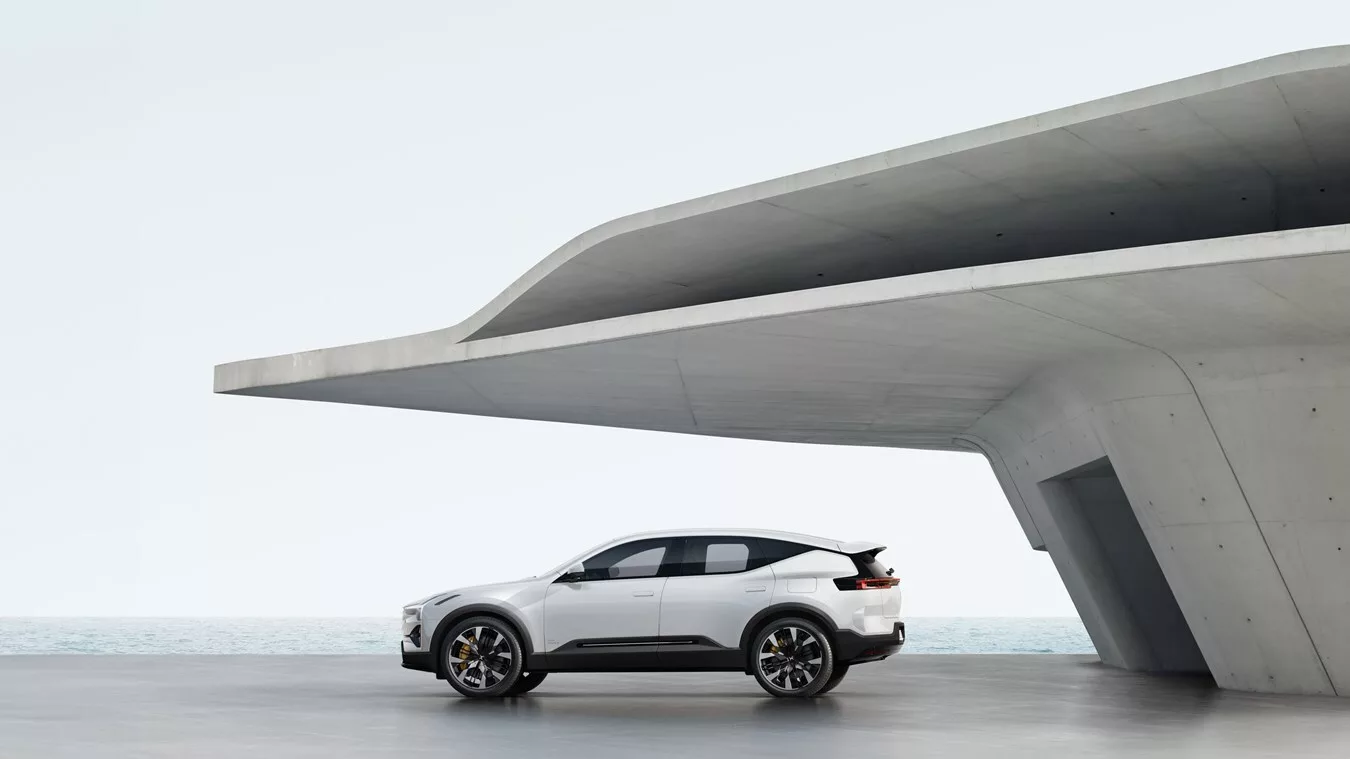Polestar distinguishes itself as a pioneer in the realm of electrified vehicular performance, merging elegant design with the latest technological advances and eco-friendly practices. The company’s latest achievement is the Polestar 3—a testament to their commitment to reducing environmental impact. It boasts a significantly reduced “cradle-to-gate” carbon footprint of 24.7 tCO2e, a notable improvement from the Polestar 2’s initial footprint of 26.1 tCO2e. This is a clear indication that making environmentally-conscious changes in the production of larger vehicles like SUVs can indeed bear fruit.
Unveiling the Sources of Emissions
Evaluating the environmental impact of producing the Polestar 3 reveals that a sizable 68% of its carbon emissions arise from the material manufacturing phase. Breaking it down, aluminium is responsible for 24%, while iron, steel, and battery modules each contribute a further 24%. These figures are a reminder of the material extraction and processing’s substantial role in determining a vehicle’s carbon footprint.
Innovative Strategies to Reduce Emissions
Embracing innovative strategies to curb emissions, Polestar explores a spectrum of solutions stretching from the utilization of renewables in aluminium production, to advocating for the development of steel produced via green energy. The brand is equally focused on tackling the challenging aspects of vehicle sustainability, such as electronics, tires, and thermoplastics.
Building on lessons learned from the Polestar 2, a decisive 81% of the aluminium used in the Polestar 3, along with the production processes for the Li-ion battery cells and their anode and cathode materials, now operate on 100% renewable electricity. This commitment to renewables has cut 8.5 tCO2e from the vehicle’s carbon footprint.
Manufacturing Footprints and Future Endeavors
Commencing its journey at Volvo Cars’ Chengdu facility in China—which operates entirely on renewable energy—the manufacturing of Polestar 3 is set to expand to South Carolina, USA, in mid-2024. The cars produced at this new plant will undergo a separate assessment of their environmental impact.
According to Fredrika Klarén, Head of Sustainability at Polestar, the key to reducing a vehicle’s emissions lies in tackling the raw material extraction and processing phases. By doubling down on these stages, Polestar aims to showcase how electric vehicles can strengthen their role as a viable climate solution.
Life Cycle Assessment: Transparency and Methodology
The comprehensive Life Cycle Assessment (LCA) of the Polestar 3, conducted in line with ISO 14067:2018 standards and reviewed by Ricardo plc, a global environmental consultancy, provides full disclosure on the vehicle’s environmental footprint. Considering three different electricity mixes and assuming a 200,000 km lifetime, the LCA explores the potential reductions in emissions during the car’s use phase, especially given the increasing share of renewables in the energy mix. Significantly, this is the first Polestar LCA that includes the impact of vehicle maintenance.
Asserting its commitment to transparency, Polestar has made the full LCA report and a Product Sustainability Declaration for the Polestar 3 publicly accessible on their website.
Reflections on Progress and Future Ambitions
As part of an evolving product line, the Polestar 3 joins the upcoming Polestar 4, which is slated to have an even lower cradle-to-gate carbon footprint upon its launch. Furthermore, the Polestar 2’s footprint has been successfully reduced by three tonnes since its debut in 2020. These LCAs, developed since 2020, incorporate a comprehensive overview of a car’s life cycle—from supply chain to manufacturing and recycling, culminating in a single, understandable figure that aids consumers in making informed purchasing decisions.
